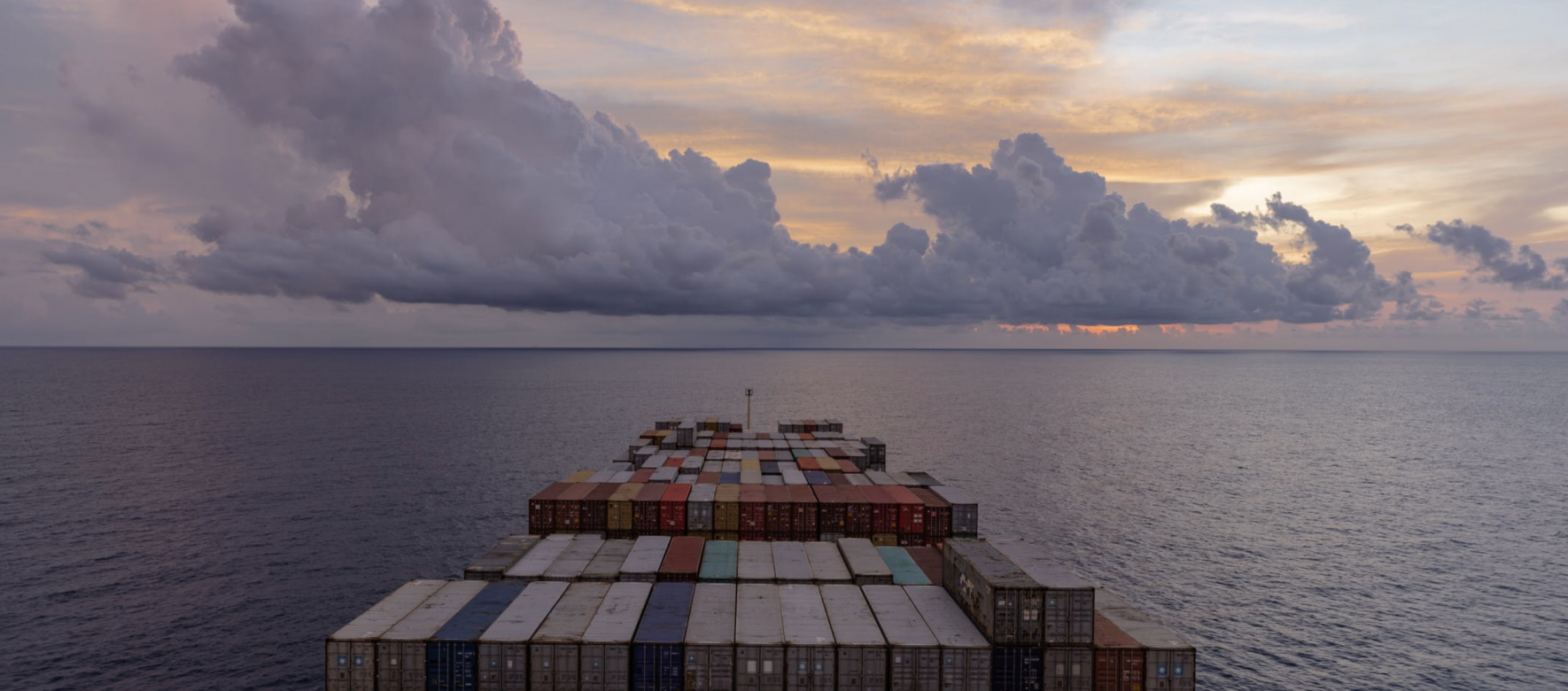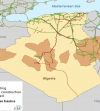The series of Houthi attacks against ships in the Red Sea since the start of the Israel/Hamas conflict has led to the disruption of traffic on the Suez Canal, directly affected by the disorders in the Bab-el-Mandeb Strait which constitutes the gateway southern entry point for ships to the Red Sea. The canal accounts for more than 10% of maritime traffic, 22% of container transport, 10% of total seaborne oil trade and 8% of global LNG trade. Around 65 ships use it on average each month.
The canal bypass was announced by the main international shipowners and certain oil tankers from December 16, 2023.
This bypass, however, remains partial and part of the fleets remain stationary, awaiting an improvement in security. The average number of ships over the period from December 22, 2023 to January 8, 2023 saw a drop of around 25%, falling to 54 ships/day.
The hope of a reestablishment of usual traffic is essentially based on the success of the “Guardian of Prosperity” operation launched on December 18 to ensure the free movement of goods.
Its objective is to put an end to bypasses and the resumption of part of the immobilized fleets by securing in particular the southern entrance to the Red Sea. Shipowners’ decisions therefore remain dependent on the effectiveness of this international response and can fluctuate quickly. Beyond security considerations, the additional cost of insurance premiums could fuel potential arbitration in favor of suspending passage on the canal. As shipowners’ preference remains partly conditioned on optimizing their costs, the Suez Canal Authority has announced a partial and temporary reduction in passage fees ranging from 30 to 75%.
Disruptions to traffic on the Suez Canal are helping to darken the outlook for an already crisis-ridden Egyptian economy. For the Egyptian economy, the canal is of crucial importance.
The country’s third largest foreign currency income, its revenues amount to USD 8.8 billion in 2022/23, or 2.2% of GDP. Additional pressures therefore, in a country already faced with growing tensions on its two main foreign exchange income, tourism and transfers from the diaspora. If traffic falls by 25% for an entire month, these disruptions in the Red Sea could represent a shortfall of around USD 300 million. Furthermore, these instabilities reinforce the wait-and-see attitude of foreign investors, already worried about the fragilities of the Egyptian economy, including on the capital markets.
If the situation were to persist, its consequences would also thwart Egypt’s efforts to strengthen its positioning as a logistics, industrial and energy hub. would also include Egypt’s efforts to strengthen its positioning as a logistics, industrial and energy hub.
Source: French Embassy in Egypt








Réagissez à cet article